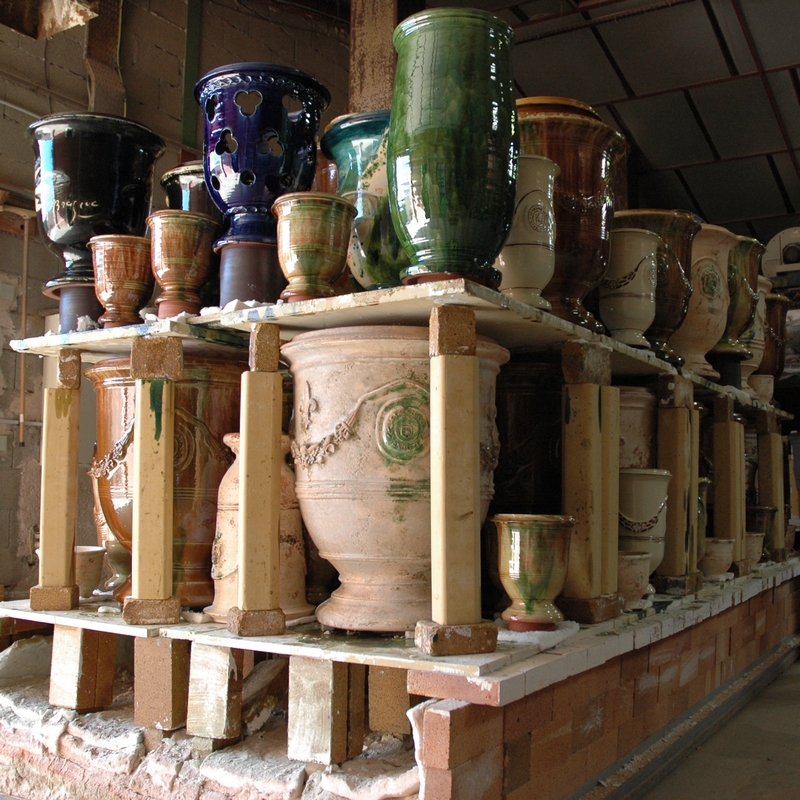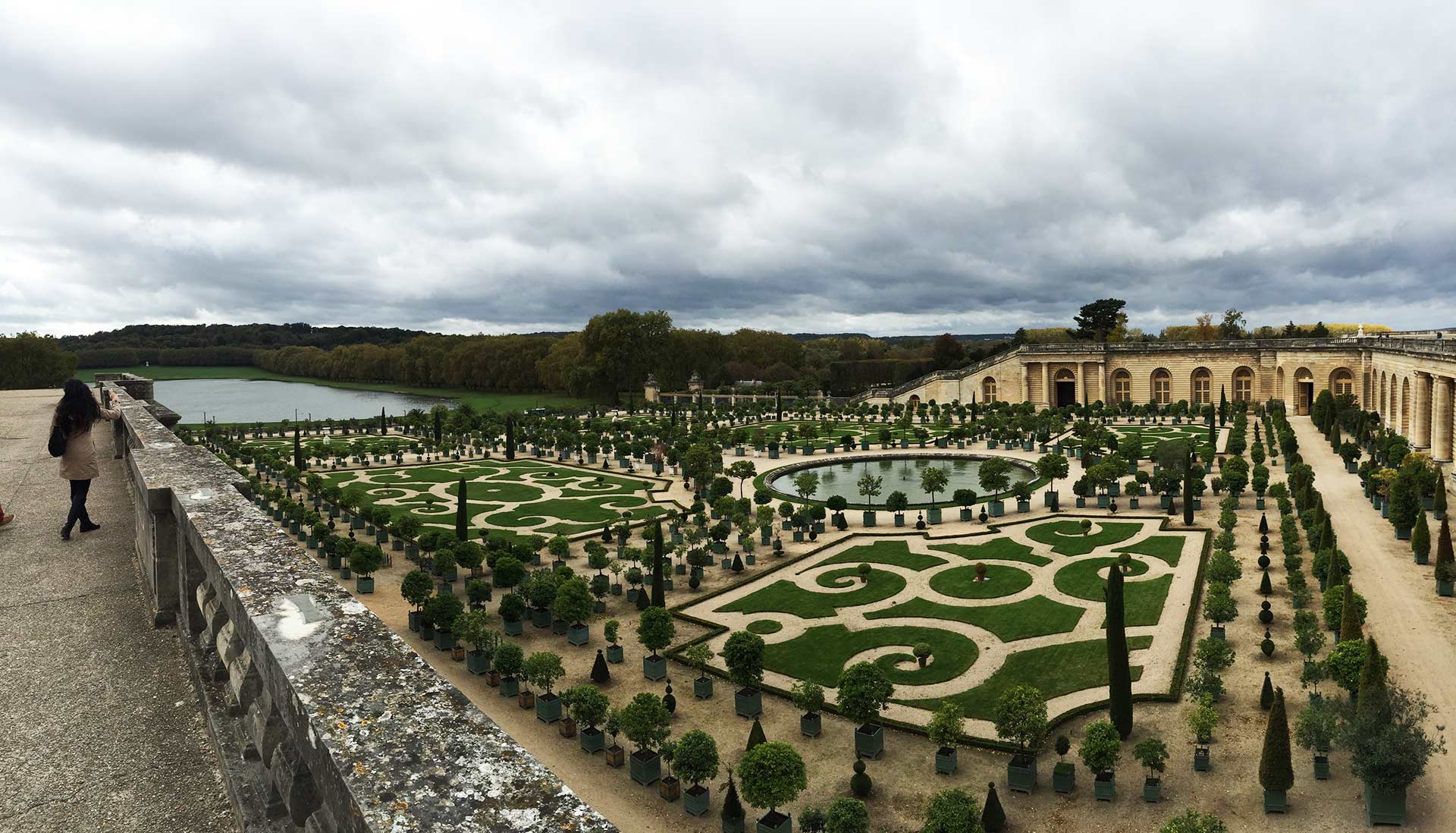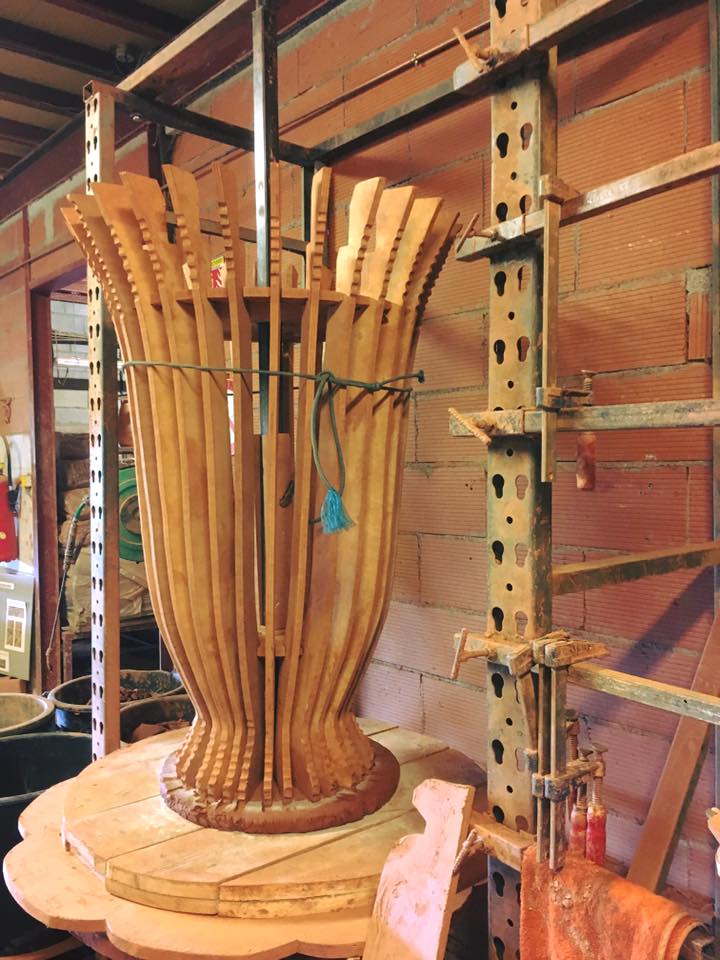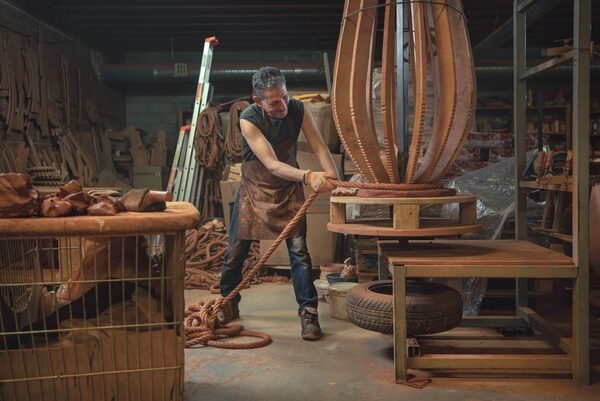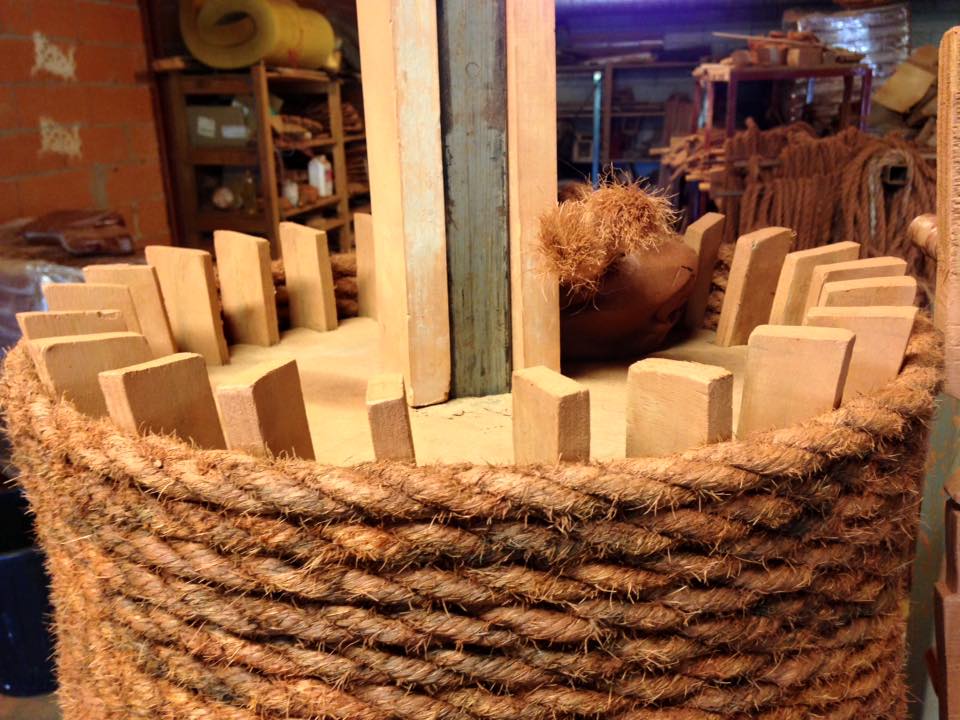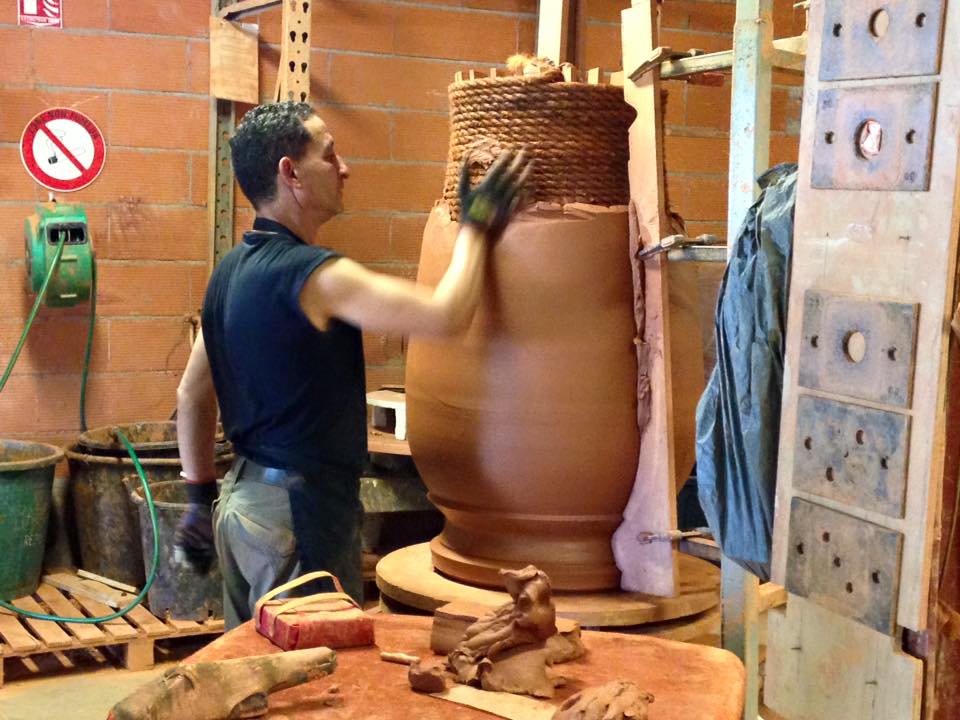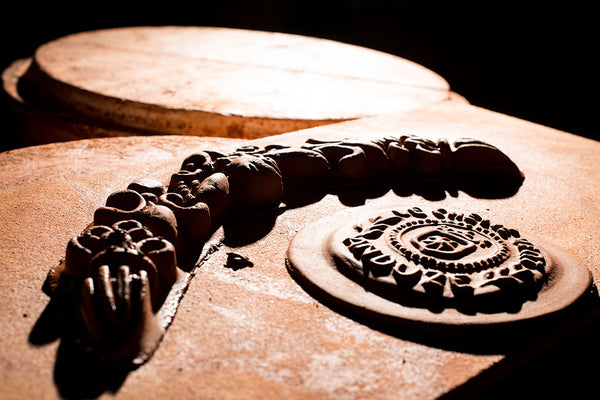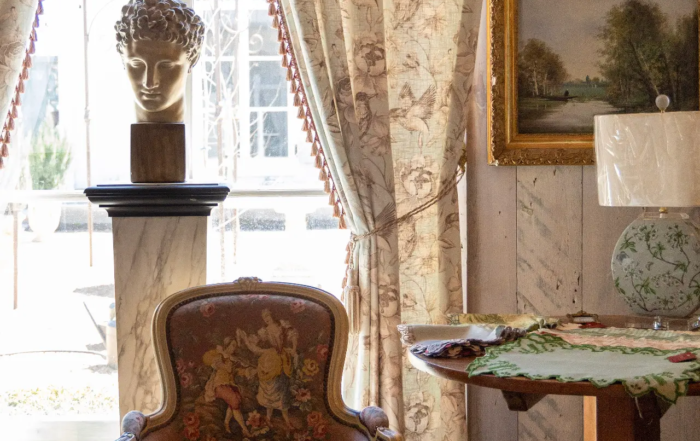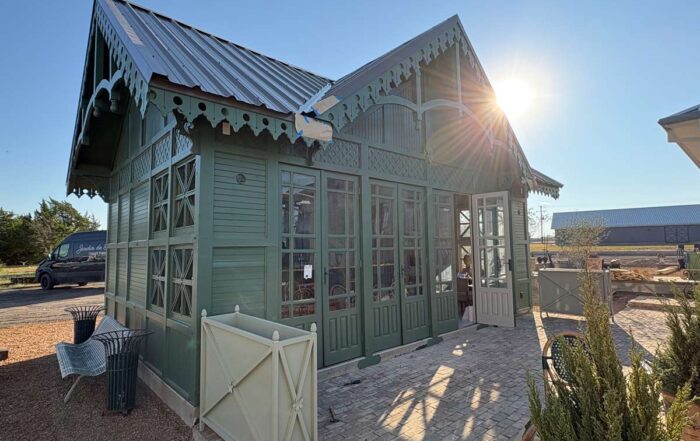The origins and practices of the Anduze pottery craft date back hundreds of years.
Some of the world’s finest pottery has been crafted in the southern Provençal French region of Anduze for hundreds of years. Artisans from the area still craft urns, biot jars, castelnaudaries and more in the same method as their forebears did generations ago.
While the methods of crafting Anduze Pottery remain the same today, the role of the pottery in la vie Française has evolved over time. From its humble beginnings as a simple garden urn, to the grand statement they make in parks and palaces today, the presence of an authentic Anduze piece effortlessly elevates any space.
Ooh là là, tell me more
Some sources say that the origins of the classic Vase d’Anduze date back to the time of Henri IV in the 16th century, when a French potter fell in love with Medici Urns upon visiting Florence, Italy. This likely is local legend however, and their origins story is actually a much humbler tale.
While the region of Anduze is situated close to the Mediterranean, it does experience cold winters, and so the local citrus trees need a method of being moved indoors during freezes; direct planting fruit trees in the ground would only result in their death with every frosty winter. With a tradition of artisinal pottery already strong in the region (thanks to a great local source of clay), it was only natural that in the 1600s craftsmen of the area began creating pots for these citrus trees. Most notable of these artisans is the Gautier family of potters.
It was the emergence of stylish orangeries in the mid-17th century that really inspired the evolution of these once simple pots into fashionable urns. In fact, the Gautier family is widely credited as the originators of the iconic Vase d’Anduze that we all love today.
Honoring the methods of La Famille Gautier
Today, artisans continue the traditions begun by the Gautiers, and the process of crafting an authentic Anduze urn has remained essentially untouched since the 1600s. Here’s how they do it!
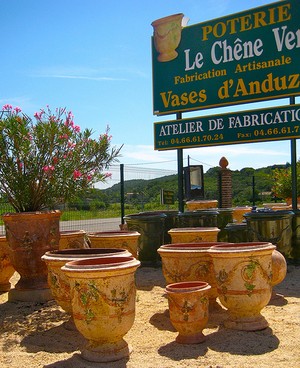
The Frame
To sculpt the iconic Vase d’Anduze, they begin with a wood frame in the natural curved shape of the pot – wide like an upside down bell at the top, and curving gracefully downwards to a flat pedestal base.
The Rope
Next, they tightly wrap thick rope all the way around the frame, starting from the base, and winding, layer by layer, to the top.
The Clay
Once the rope has been securely fitted, the artisans then begin the process of “throwing” the clay onto the rope structure, covering the entire framework.
Adding the signatures of an authentic Vase d’Anduze
With the clay thrown and the exterior of the urn shaped, the classic laurel garlands are added to each side, along with the badges of the maison du poterie.
Removing the Frame and the Rope
Once the clay has set, the original wooden frame is removed from the interior of the urn, leaving only the rope.
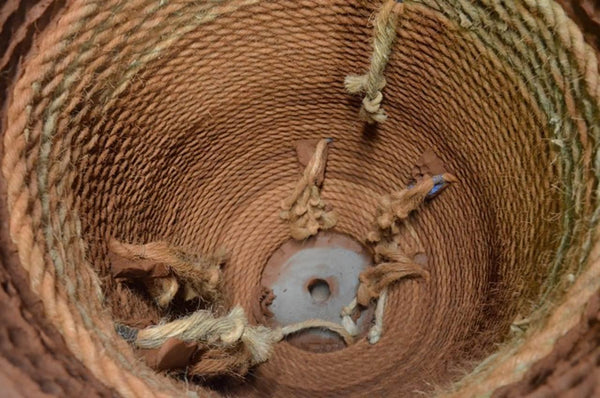
Lastly, the rope itself is also removed. What remains are the tell-tale signs of an authentic Vase d’Anduze crafted in the classic tradition: concentric rings spiraling downwards to the pedestal of the urn, along with an imprint of the stamp of the maison du poterie.
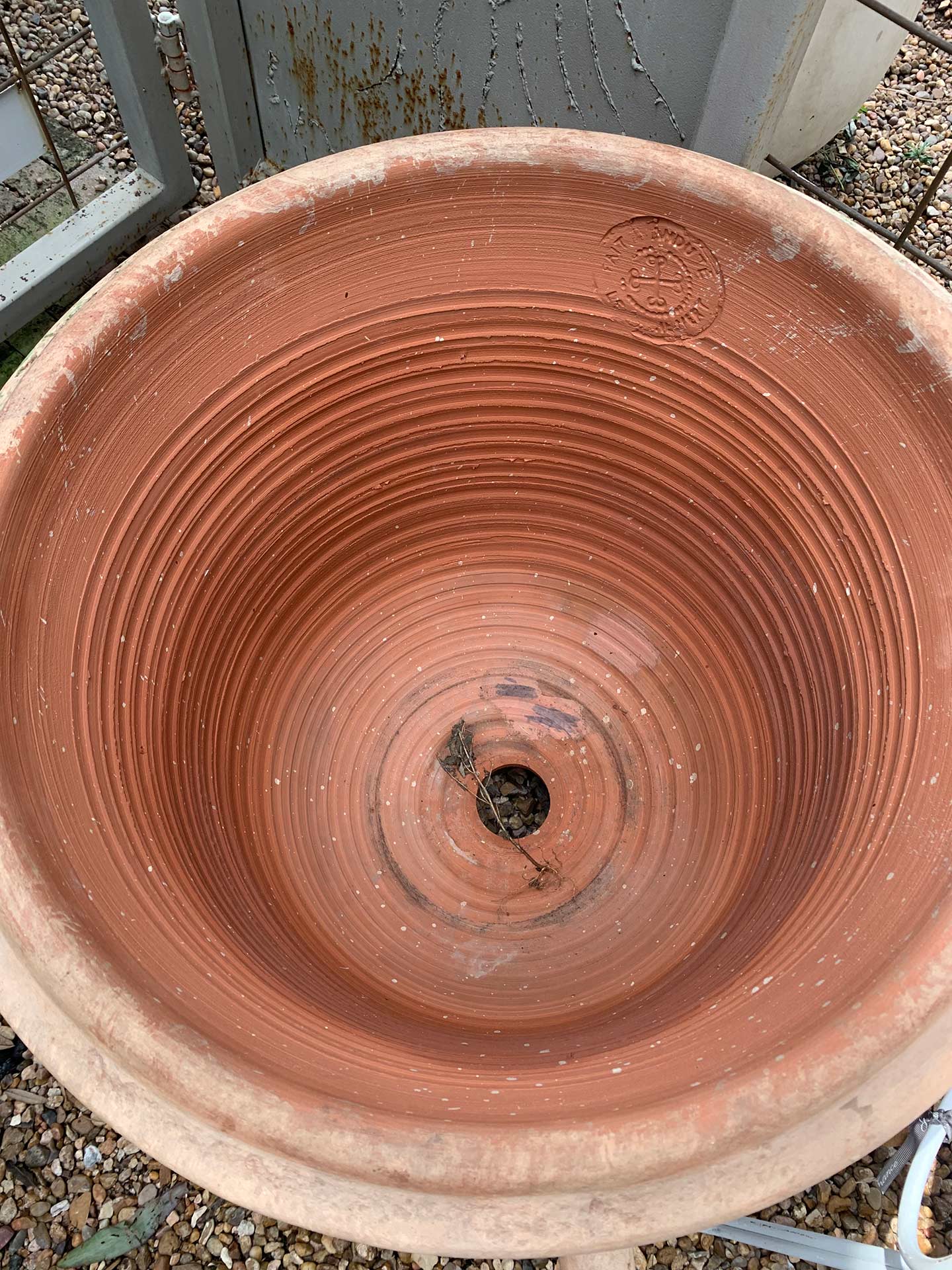
In the market for an original Anduze?
Our Houston Shop is a great source for authentic Anduze pottery. We have a large shipment of Anduze straight from France almost here, so if you want to be the first to shop it, then be sure to sign up for our email newsletter 👇!
Come stop by, say bonjour, and enjoy a little slice of France in Houston 🇫🇷.
Tuesday-Saturday
10am-5pm
Closed Sunday & Monday
Update! – 2025.05.07
Our shipment has arrived! Come be the first to shop it all!
Sign up to hear about upcoming events at all of our locations, from exclusive container first-looks to Saturday sip & shops.


